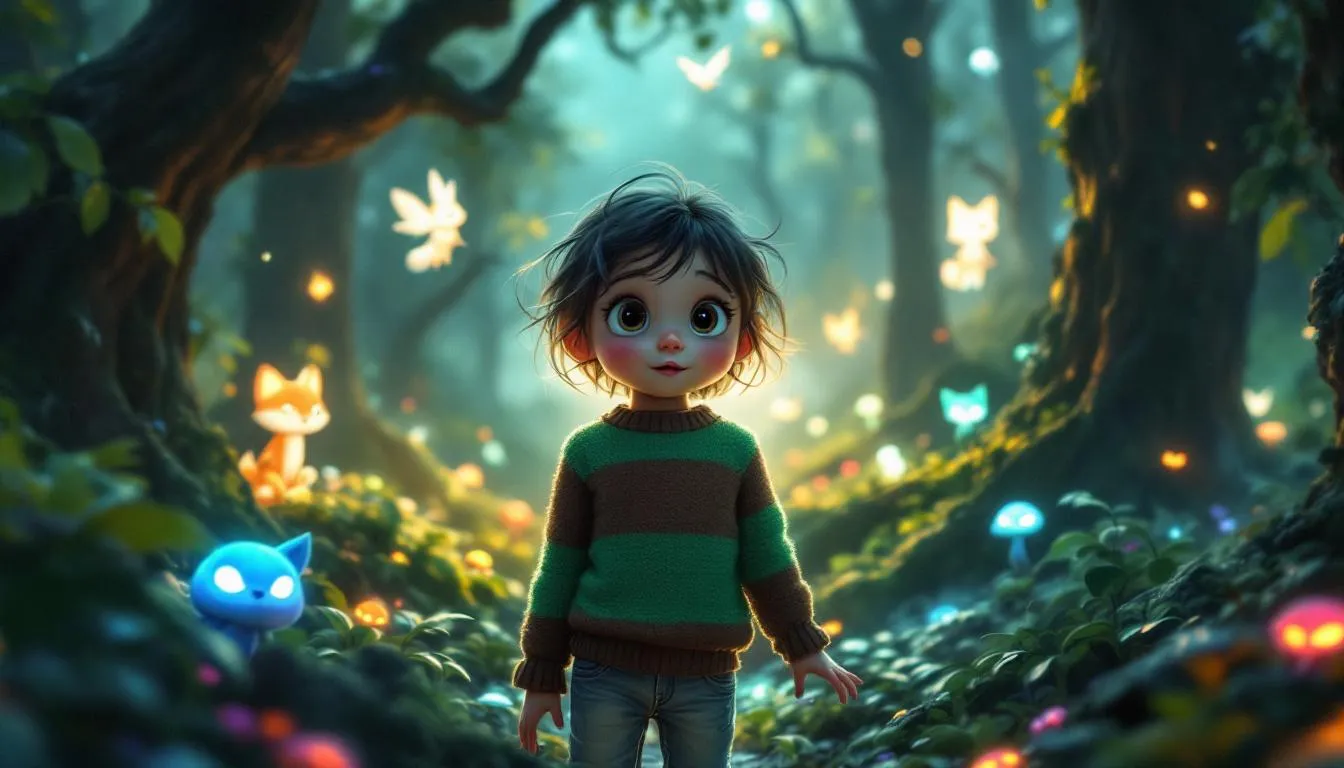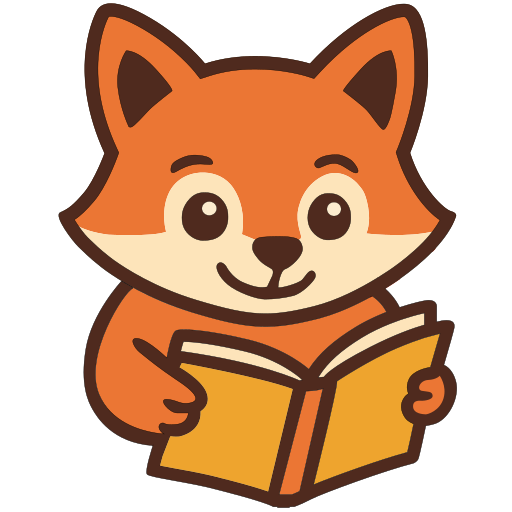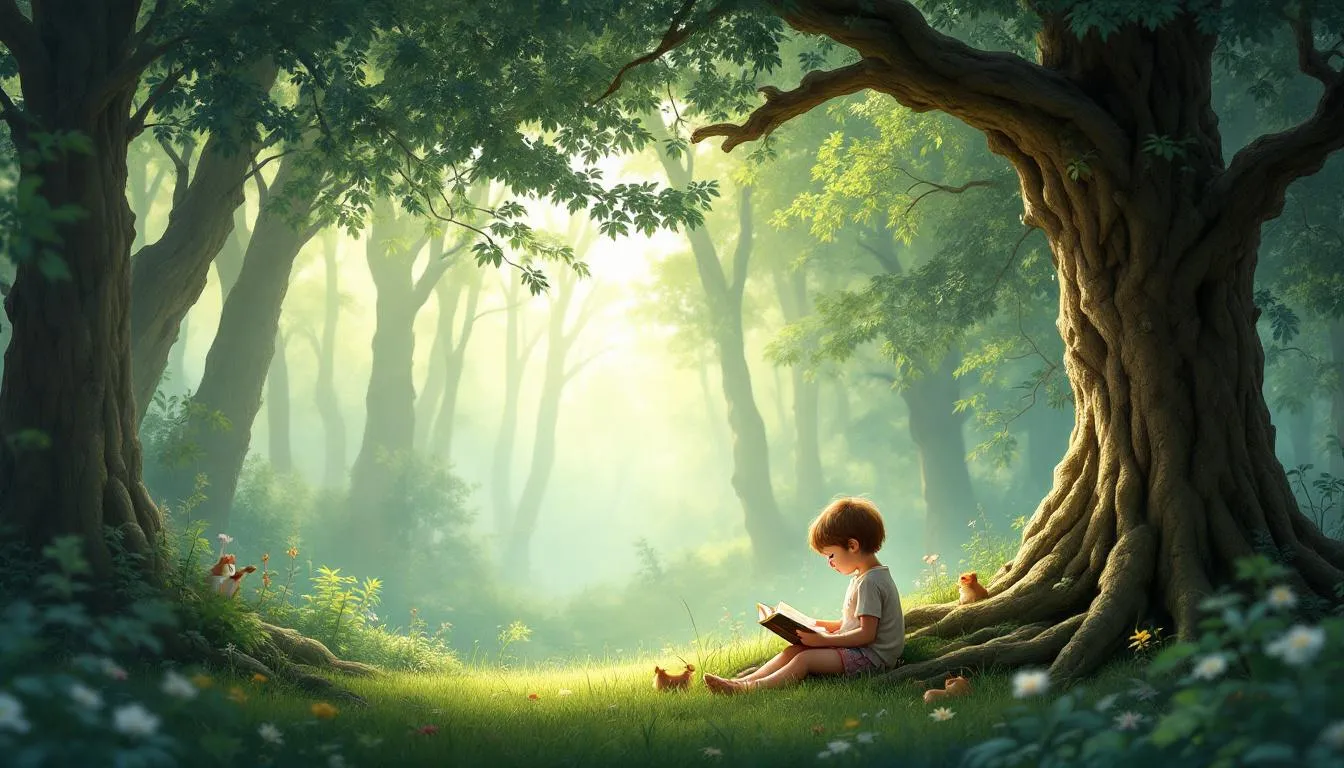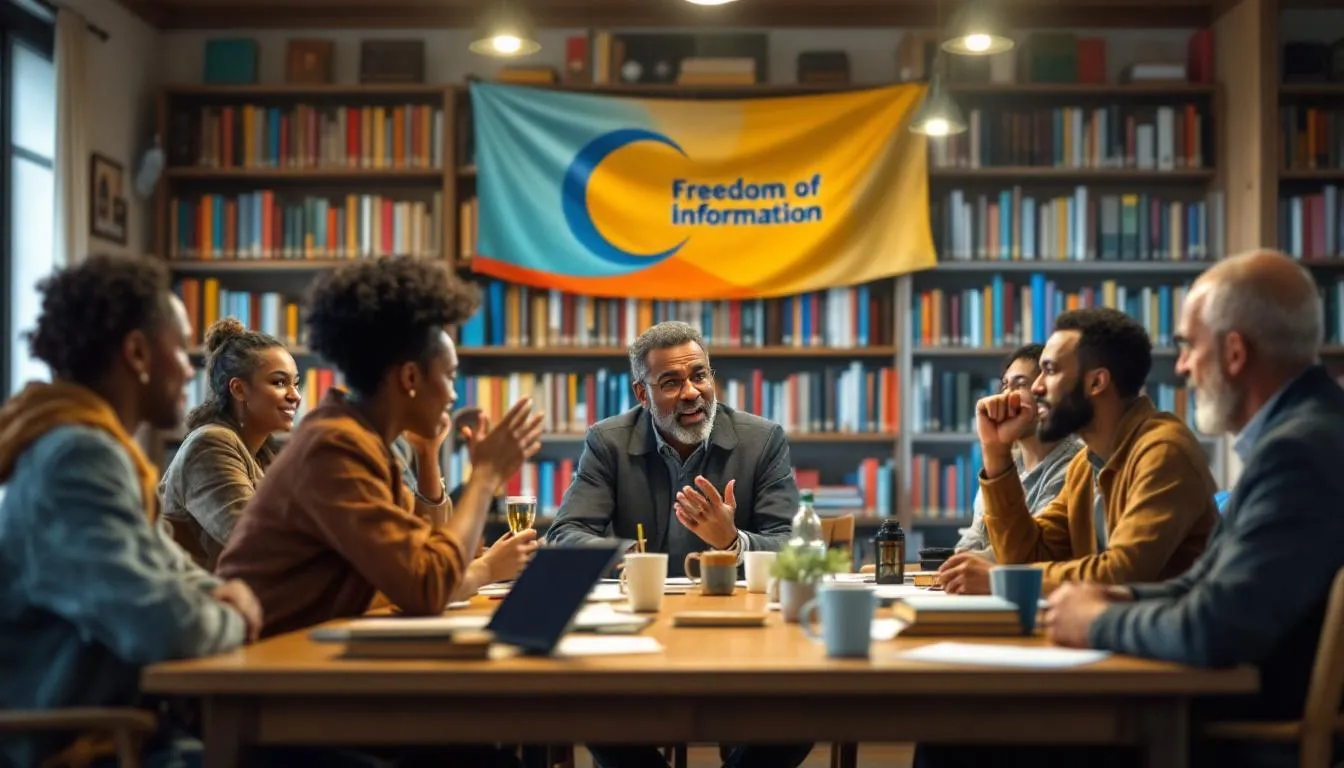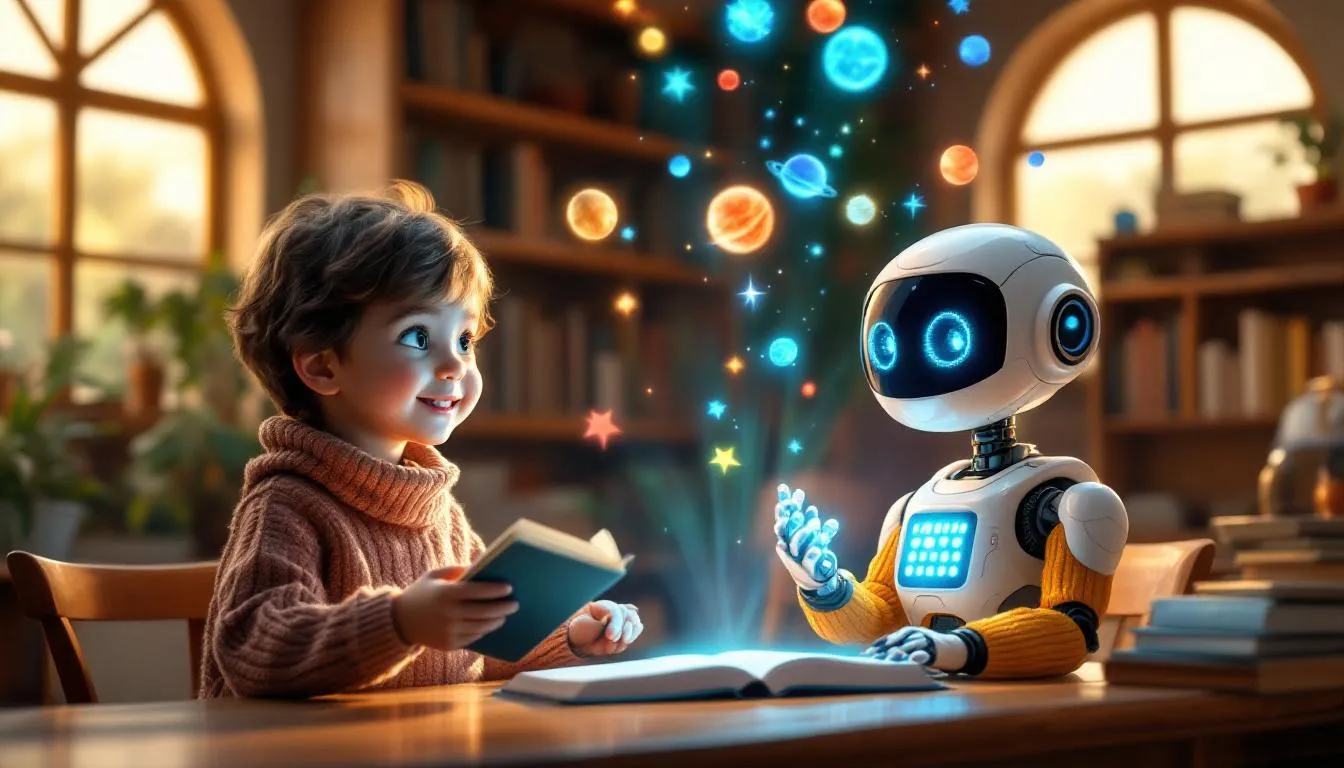Table of Contents
Quick Answer
Reverse psychology in children’s books cleverly encourages desired behaviors by suggesting the opposite action. This tactic engages young readers in a playful way, instilling positive habits and values. Books like “Grigory Oster – Harmful Advice (Вредные советы)” subtly employ this approach to make learning both fun and effective. By suggesting the opposite of the intended behavior, these stories capture children’s attention and promote positive actions.
Let’s explore how this intriguing method is woven into children’s stories.
What Is Reverse Psychology in Children’s Literature?
Reverse psychology in children’s literature is a fascinating tool authors use to engage young minds in delightful ways. Essentially, it involves suggesting the opposite of what you want someone to do, prompting them to take the desired action out of curiosity or rebellion. In children’s books, this technique guides kids toward positive behaviors and values, making learning both entertaining and effective.
Consider a classic tale where a mischievous character is told not to enter the enchanted forest because it’s “too exciting.” Naturally, the character can’t resist the temptation, leading to an adventure filled with lessons about bravery and consequences. Such stories hook young readers by tapping into their innate desire to explore the forbidden.
Authors often employ several clever techniques to weave reverse psychology into their narratives:
- Character Behavior: A character might stubbornly do the opposite of what they’re told, leading to humorous and educational outcomes.
- Direct Challenges: Books may include lines that directly challenge the reader, like “I bet you can’t read this page without laughing!”—making it irresistible.
- Interactive Elements: Some stories involve interactive decisions where readers think critically about the consequences of actions that seem contrary to the advice given.
Understanding these elements helps us appreciate how authors craft stories that subtly guide young readers. As we explore the specifics of “Grigory Oster – Harmful Advice (Вредные советы),” we’ll see these techniques come to life vividly and engagingly.
How Does “Grigory Oster – Harmful Advice (Вредные советы)” Employ Reverse Psychology?
In the delightful book “Grigory Oster – Harmful Advice (Вредные советы),” reverse psychology is skillfully woven into the plot to engage children in a fun and thought-provoking way. The story centers around a well-meaning yet slightly misguided character who offers advice that seems counterintuitive at first glance. This whimsical mentor or quirky relative dispenses guidance that sounds absurd yet cleverly nudges young readers toward positive actions.
The themes of “Grigory Oster – Harmful Advice (Вредные советы)” often revolve around learning from mistakes, understanding consequences, and the joy of exploration. For instance, a scene might depict the character telling children not to clean up their room because it’s “so much fun to live in a mess.” Naturally, this advice leads to a series of comical disasters, encouraging children to see the benefits of tidiness without feeling lectured.
Specific examples of reverse psychology in the book appear throughout the narrative:
- Absurd Instructions: Characters might be told that eating vegetables will turn them into a frog, only to find they feel stronger and more energetic after a healthy meal.
- Contradictory Challenges: The character might challenge children not to share their toys, making sharing seem like an exciting act of rebellion.
- Unexpected Rewards: Kids might be told that reading before bed will keep them awake all night, leading them to discover the soothing effect of a good story.
These playful contradictions capture young readers’ imagination and curiosity, guiding them toward valuable lessons. As we explore why reverse psychology resonates so effectively with young minds, we’ll uncover its unique ability to make learning an adventure rather than a chore.
Why Is Reverse Psychology Effective for Young Readers?
The magic of reverse psychology for young readers lies in its ability to tap into fundamental psychological principles. At its core is reactance—a natural response to being told what to do. Kids love to assert their independence, often doing the opposite of what they’re instructed. By cleverly suggesting an undesired action, authors nudge children toward desired behavior in a playful way.
Imagine a child told, “Don’t you dare go near that broccoli, or you might turn into a superhero!” Suddenly, that once-offensive vegetable becomes a source of intrigue and potential superpowers. This playful defiance not only makes the task more appealing but also empowers kids to make choices, enhancing their critical thinking skills.
Reverse psychology captures attention by creating an unexpected twist in the narrative. It breaks the monotony of straightforward instructions and invites children into a world where they can explore “what ifs.” When a book suggests a silly consequence for a mundane action, it doesn’t just amuse children—it piques their curiosity. They start thinking critically, asking themselves, “What happens if I do the opposite? Is there really a hidden adventure in doing chores?”
This approach transforms learning into an engaging game, where kids are active participants rather than passive listeners. Embracing this method in books can have profound effects, turning reading into an exciting journey filled with laughter and discovery.
As we delve further, we’ll explore how these strategies not only entertain but also foster important life skills and values in young readers.
What Are the Benefits of Using Reverse Psychology in Books?
Incorporating reverse psychology into children’s books offers benefits that extend beyond entertainment. One significant advantage is promoting creativity and independent thinking. When children encounter scenarios that challenge their expectations, they are encouraged to think outside the box. I remember reading a book to my daughter where the protagonist was advised to “never ever draw outside the lines.” This naturally led to an eruption of creativity, as my daughter began crafting vibrant, colorful worlds on paper, unbounded by the conventional borders of a coloring book. The narrative didn’t just tell her what to do; it inspired her to imagine and create on her own terms.
Another powerful benefit is how reverse psychology encourages engagement and interaction with the text. When young readers encounter a narrative that playfully suggests doing the opposite of what’s expected, they become active participants. They’re not just absorbing information; they’re questioning, laughing, and imagining various outcomes. It turns the reading experience into a dynamic interaction rather than a one-way street.
For example, in one story, a character might be told, “Whatever you do, don’t turn the page!” My son fell for this every time, giggling as he eagerly flipped to see what would happen next. This interactive element fuels their curiosity and keeps them hooked, fostering a love for reading that goes beyond a single book.
As we explore further, we’ll discover that reverse psychology is not limited to just one book or storyline.
Are There Other Books That Use Similar Techniques?
Many delightful children’s books employ reverse psychology techniques, creating engaging and memorable reading experiences. Here are a few examples that masterfully harness this approach:
- “Don’t Let the Pigeon Drive the Bus!” by Mo Willems: This interactive book invites children to keep the pigeon from driving the bus, leading to laughter and engagement as kids eagerly yell “No!” at the pigeon’s antics.
- “The Book with No Pictures” by B.J. Novak: Although this book lacks illustrations, it cleverly uses the power of words to entertain. By challenging the expectation of what a book should be, it encourages children to embrace the absurd and enjoy humor from doing the unexpected.
- “Eat Your Peas” by Kes Gray and Nick Sharratt: This humorous tale features a mother offering increasingly ridiculous bribes to get her daughter to eat peas. The story turns the tables on expectations, and kids find themselves rooting for the young girl’s resistance.
- “You Can’t Take an Elephant on the Bus” by Patricia Cleveland-Peck: This book uses absurdity and reverse psychology to illustrate why certain animals can’t perform human activities, sparking laughter and understanding of logical consequences.
These books transform ordinary situations into imaginative adventures, captivating young readers and inspiring critical thinking. As we explore how to maximize the impact of such books, it’s important to consider the role of parents and educators in guiding children through these entertaining journeys.
How Can Parents and Educators Use These Books Effectively?
Reading children’s books that use reverse psychology can be as enriching for adults as it is for kids. To make the most of these stories, parents and educators can employ a few effective strategies.
Start by engaging with the story actively. Use expressive voices and exaggerated gestures to bring characters and situations to life. This enhances entertainment and emphasizes reverse psychology elements. I recall reading “Don’t Let the Pigeon Drive the Bus!” with my son, and the dramatic “Nooo!” he would shout at the pigeon became a cherished part of our routine.
During and after reading, create discussion opportunities. Ask open-ended questions like, “Why do you think the character did the opposite of what they were told?” or “What would you do in that situation?” This encourages children to think critically about the story’s message and apply it to real-life scenarios, reinforcing positive behavior while fostering emotional and intellectual growth.
Incorporate related activities to extend learning beyond the book. If the story involves a lesson about sharing, like the playful challenge not to share toys, organize a sharing game afterward. Set up a toy exchange where children can choose toys to “share” with others. This makes the lesson tangible, fun, and engaging.
As we consider the impact of these strategies, it’s clear that the benefits of reverse psychology in children’s literature offer more than just a giggle. They pave the way for a deeper understanding of important life lessons and values.
Key Takeaways
- Reverse psychology is a playful tool in children’s books, sparking curiosity and independence.
- Stories like “Grigory Oster – Harmful Advice (Вредные советы)” cleverly guide children toward positive actions through humor.
- Interactive narratives make books engaging, fostering a love for reading and critical thinking.
- Parents and educators can enhance learning by discussing story outcomes and encouraging related activities.
Embrace the magic of storytelling to inspire your child’s imagination and learning journey. Every page turned is a new opportunity for growth and joy! For a truly unique and personalized adventure, consider KidTeller, which creates custom storybooks where your child is the hero.
